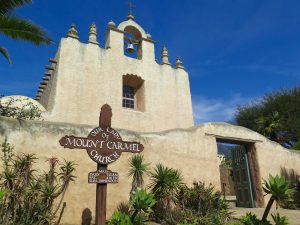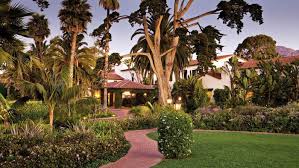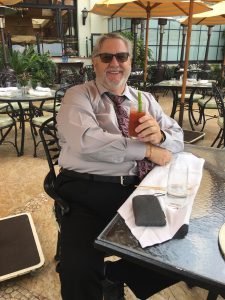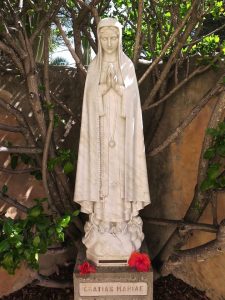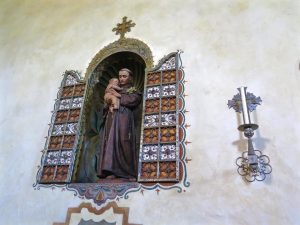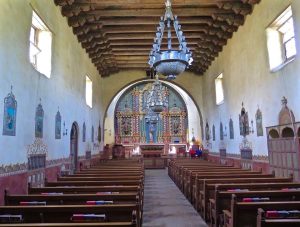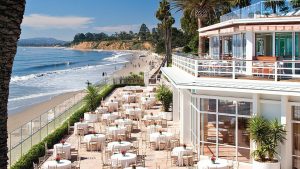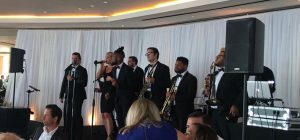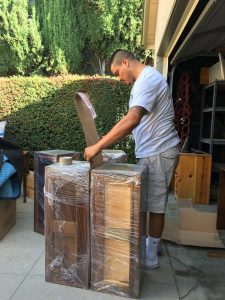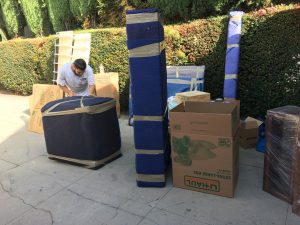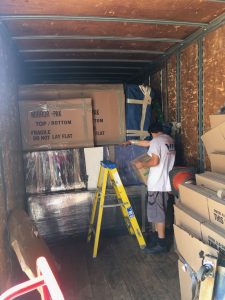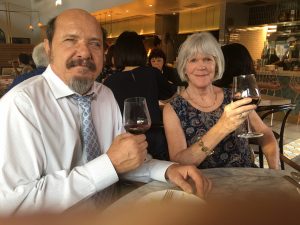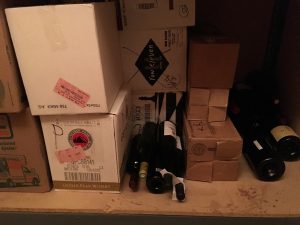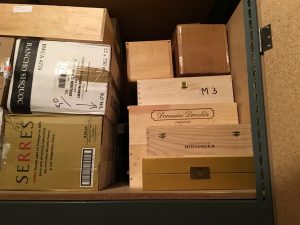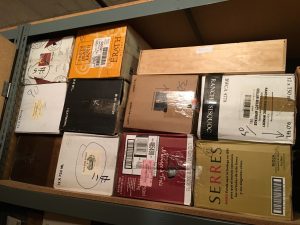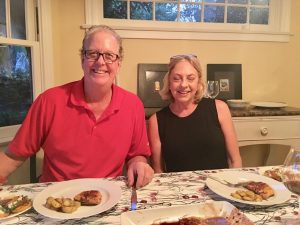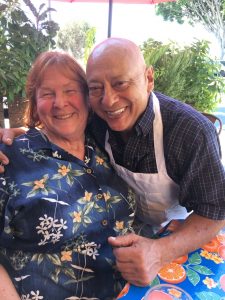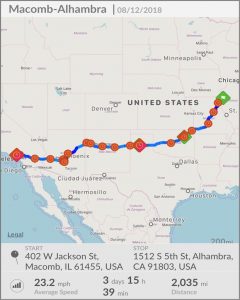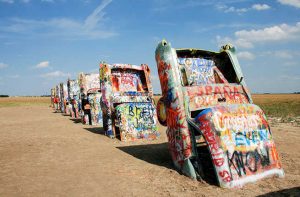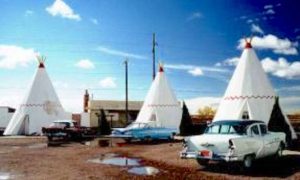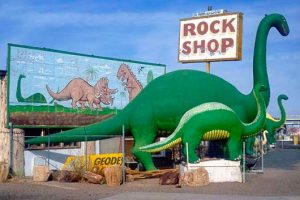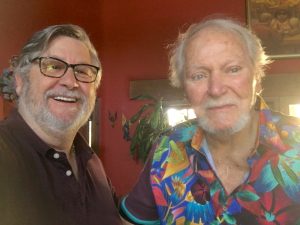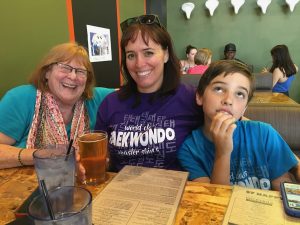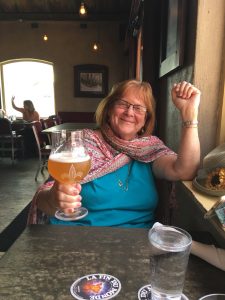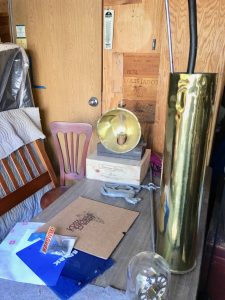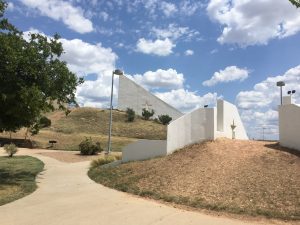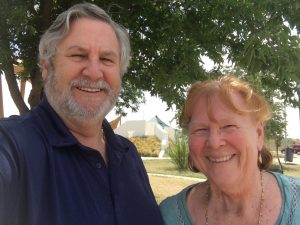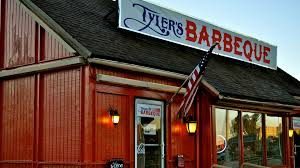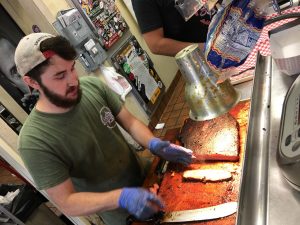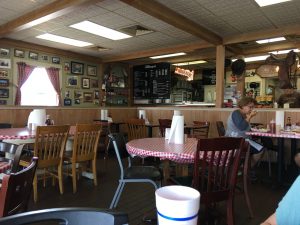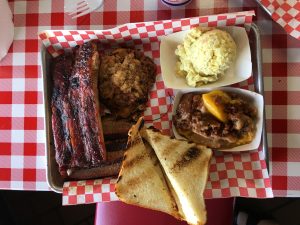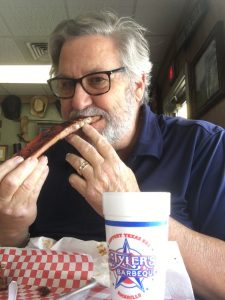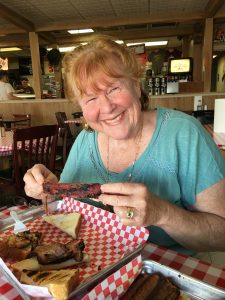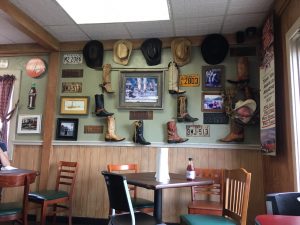Having shared nuptials and celebrated the wedding over the weekend, we gathered our belongings and headed to Morro Bay to stay a few days and enjoy the cool weather of the area. Over the last 30 years or so we have stayed at a B&B in Morro Bay – Marina Street Inn.

Over the years we have gotten to know the Owners and they became friends not just owners of the B&B.

If you have been following our Blog for a while you will remember that Claudia joined us in Paris for Christmas and New Years last year.
Having been here as many times as we have we do have a preference for the first floor and that’s where we are – the Dockside Room.

However, over the years we have stayed in all four rooms of the Inn.
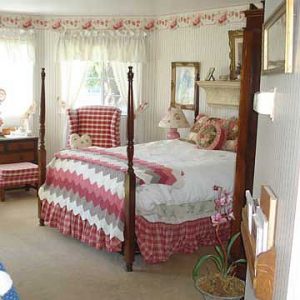

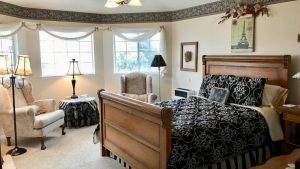
We hadn’t been here very long before we got into Claudia’s car and headed out to dinner at the Galley. This is a great fish place right along the water in Morro Bay and a spot we have been to virtually every time we have been here. Great food, nice people and they don’t seem to mind if I bring my own wine (which is always a plus!).
The next day, after a lovely breakfast,
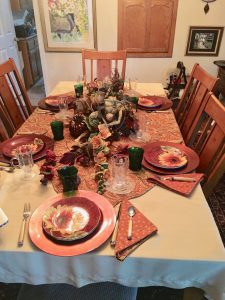
we piled into our car and headed out for a picnic at Justin winery. Justin has been around since 1981 with the mission of making world-class Bordeaux style blends. Since then they have expanded both their knowledge of viniculture in the unique region as well as the acreage.
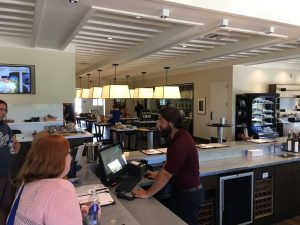
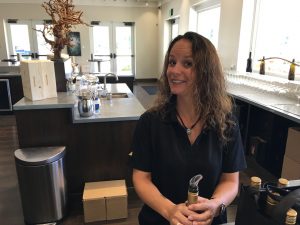
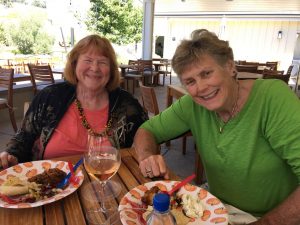
After a new owner came in about 10 years ago a new tasting room and facilities were built to expand the customer experience. Located a good 10 miles off Hwy 46, the main route along the wine areas of Paso Robles, it’s a destination for sure and not something you just stumble across. We planned a picnic lunch on their patio along with a wonderful bottle of Rose and had a fantastic time.
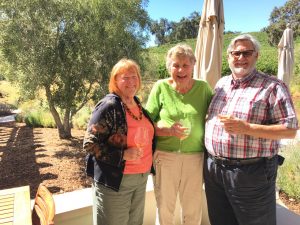
Not being finished with wine tasting the next day we packed up and went out again – this time to Niner Winery. Niners consist of about 223 acres and are best know for estate grown cabernet sauvignon, Pinot noir and Chardonnay.

The entire place started about 2001 and has been doing OK. They have a restaurant with a limited menu and a very nice tasting room. We arrived for our lunch reservation a little early so or course had to sample a few things in the tasting room. We settled on a bottle of Chardonnay to go with our lunch.
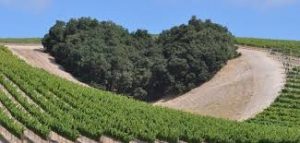
Sitting out on the patio overlooking some olive trees, the “heart” shaped grove of trees and the lavender plantings was a lovely way to spend the afternoon.
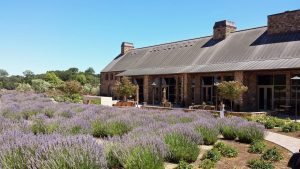
Back to the Marina Street Inn for the evening ending this wonderful day we just hung out in the living room, read some books and enjoyed the end of the day together.
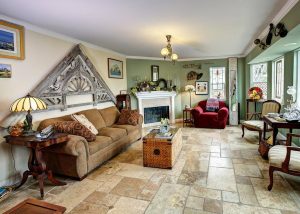
If you are ever in the area drop in and say hello to Claudia and if you need a place to stay be sure to mention us and I’m sure she will give you a discount!
